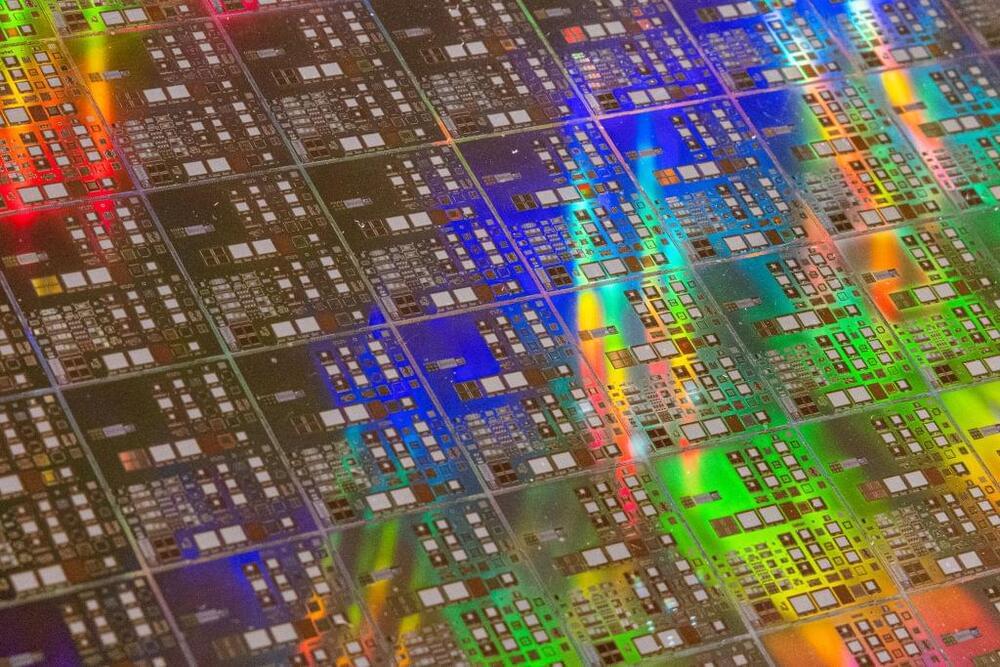Decagon cofounders Jesse Zhang and Ashwin Sreenivas have more in common than just their company. Each studied computer science, married young, and even founded a company before Decagon. “We started hacking on some stuff together,” said Zhang, the startup’s CEO. “And that went well, so we just kept working together.”
Founded in July 2023, Decagon uses generative AI to automate customer support for enterprise customers. The company has emerged from stealth and raised $35 million in funding for its seed and Series A rounds. Accel led the company’s $30 million Series A, with participation from Andreessen Horowitz, A*, and Elad Gil. A16z led the company’s $5 million seed round. Decagon also counts Box CEO Aaron Levie and Airtable CEO Howie Liu as angel investors.






